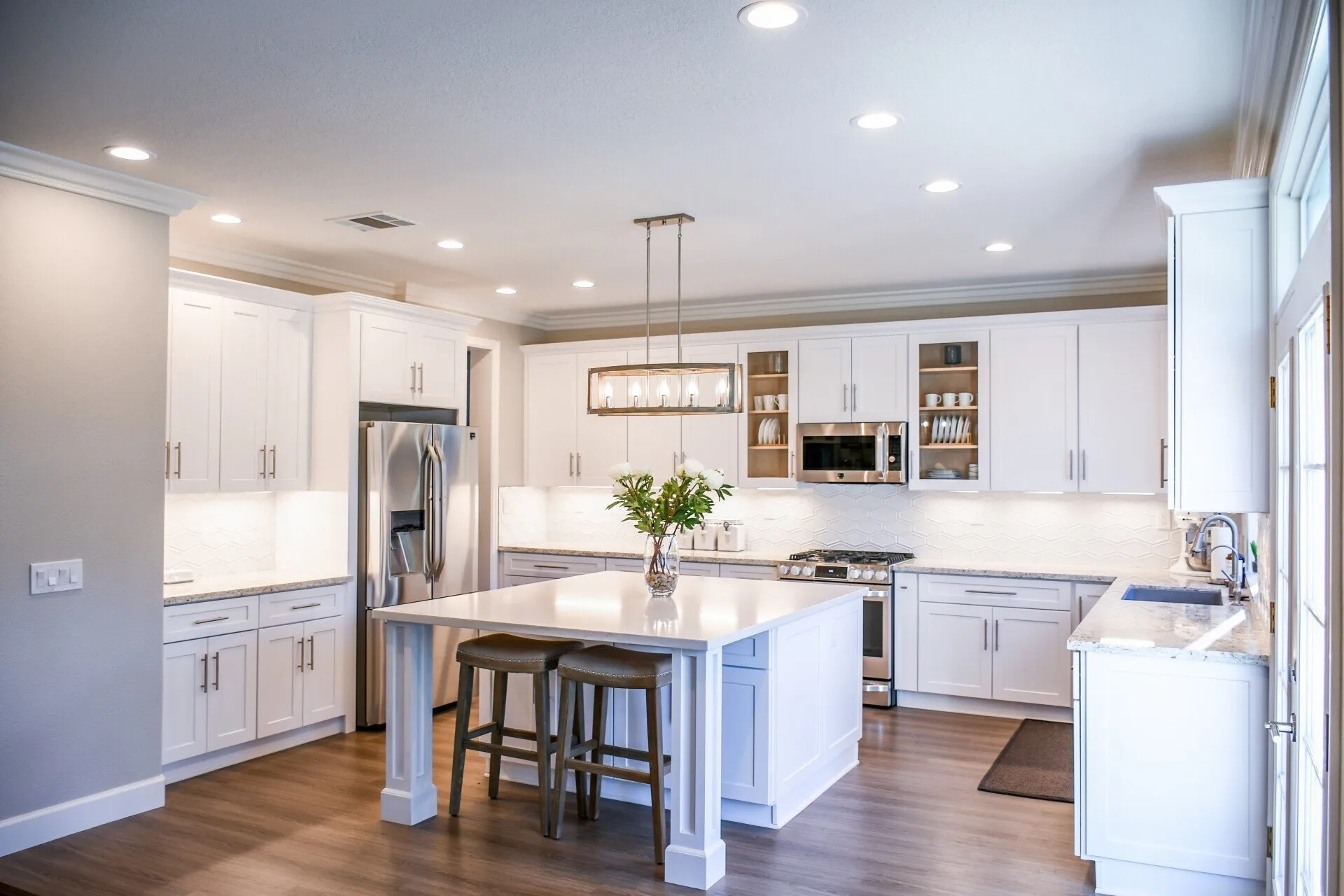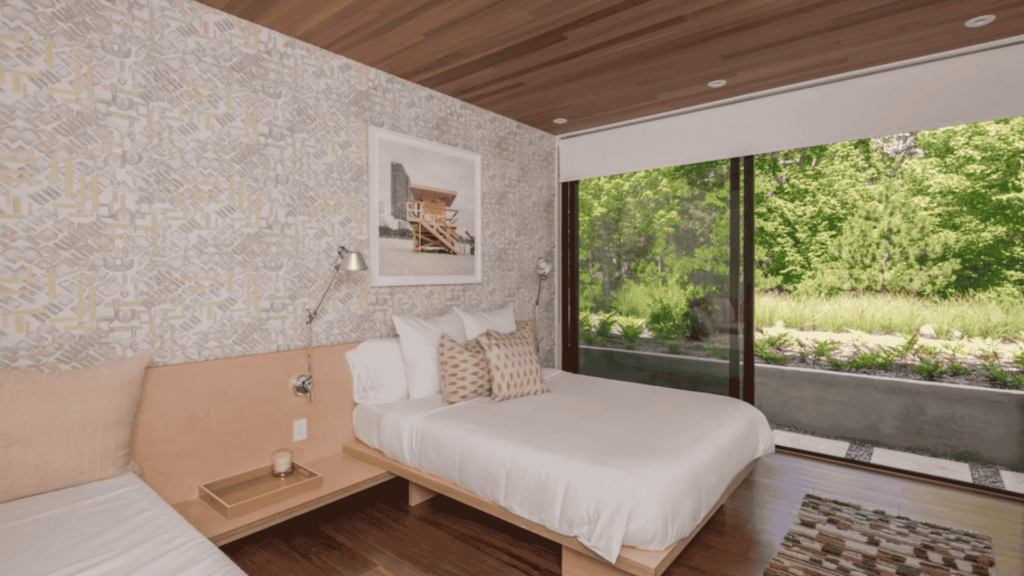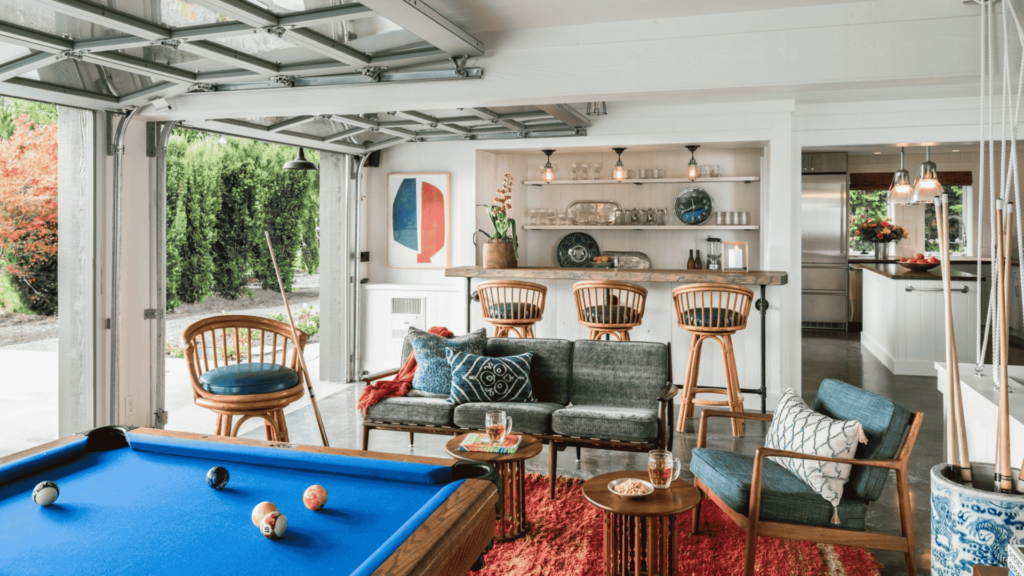Whether your family is growing, you’re working from home more often, or simply want to boost your home’s value — Keystone Remodel helps Louisville homeowners expand their living space without the stress of moving. Our home additions are fully customized, code-compliant, and built to look like a natural part of your original home.
We proudly serve neighborhoods across Louisville including Middletown, Hurstbourne, Indian Hills, and surrounding areas.

Maximize space, flow, and functionality.
Custom cabinetry, stone counters, designer lighting.
From demo to final wipe-down, done right the first time.

Luxury master suites with walk-in closets, dual vanities, and spa-inspired layouts.

Comfortable and private living spaces for guests, aging parents, or multigenerational families.

Bring in more light and fresh air year-round, perfect for Louisville’s changing seasons.

Turn your garage into a home office, studio, or guest suite, without wasting a square foot.

Double your space without expanding your footprint. Great for urban Louisville lots.

Whether it's a playroom, den, or flex space—you name it, we build it.
Initial Consultation & Layout Planning
Design & Material Selection
Permitting & Scheduling
Construction Begins
Final Walkthrough
Yes, most additions require building permits through Louisville Metro. Don’t worry, we handle everything for you
Absolutely. We carefully match materials so your new space looks like it was always part of your home
Most projects in Louisville take between 3–6 months from design to final walkthrough, depending on size and scope.
In most cases, yes! We take steps to minimize disruption and keep work areas contained.
In nearly all cases, yes especially if you’re adding livable space like bedrooms, bathrooms, or a second story.